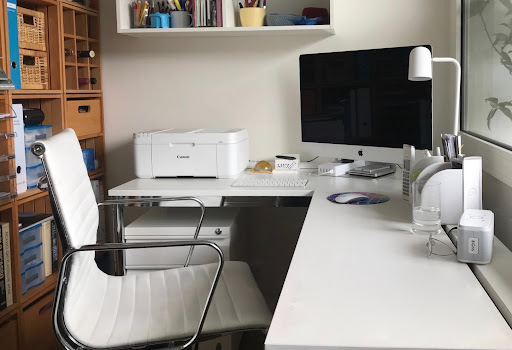How To Start Your First Food Truck Business
Passionate chefs are striving to bring commuters their favorite dishes and offer them unparalleled convenience. In the past few years, food trucks have become so popular that many towns are now known for their delicious food truck scene. If you are thinking about starting a food trucking business, you are in luck. This industry is growing at a rate of 7.5% and according to The Economist, there are around 4,000 food trucks operating successfully in the USA. Food trucks have the potential to become one of the best business options for entrepreneurs that have a passion for the stove. Furthermore, food trucks allow entrepreneurs to get into the food industry at a much lower cost than opening a traditional restaurant. If you want to open a food truck business, you need to follow these essential steps.
Research the Local Food Truck Scene
Before you commit to the idea of opening a food truck business, make sure your concept is unique and that it will bring value to the market. To achieve this, you can do your research and see whether there are other food trucks in your area. Next, you can analyze which cuisines and which concepts are attracting customers. It’s a good idea to take inspiration from successful food trucks and add a little twist of your own creativity to create a successful business. However, if there is a cuisine that you want to bring to a certain area and you feel confident about your skills, all you have to do is come up with a compelling marketing strategy.
Select a Concept And Write The Business Plan
After you have done your research, choose a food truck idea that blends with your style and the needs of the community. After that, it’s best to consider choosing a name and a logo that will represent the cuisine that you will serve. Once you decide on the idea, it is time to create a food truck business plan. A well-written business plan will help you long-term, and allow you to have a better chance of a successful startup. Also, you will be able to plan your business much better and outline where it needs to improve. This is also the document that will help you obtain investments and bank loans. Here’s a list of essential elements that every business plan should cover.
- Executive summary;
- Market analysis;
- Management and organization plan;
- Range of products;
- Advertising and sales strategy.
Obtain Food Truck Permits and Licenses
It is very important to adhere to all safety and health regulations when you are operating a food truck business. There are three types of permits required including a general business permit, a food service permit, and a commercial vehicle license. Each food truck license can cost anywhere from $100 to $500, depending on where you live. An employer ID and a permit for a mobile food truck, as well as a parking permit, health permit, parking permit, or zoning permit, will also be required. Furthermore, it’s very important to protect yourself and your food truck along with your employees by obtaining solid insurance coverage. Accidents can occur and to proceed without insurance could be detrimental to your financial situation. To be safe, consider obtaining general liability and workers’ compensation policy.
Get The Right Truck
It is important to pick a truck that will work well for your business. The truck will account for the largest portion of your startup expenses. The cost of a food truck can range anywhere from $50,000 to $175,000 depending on whether it is used or a new one. However, if you don’t have that kind of money, you can consider leasing a used truck. Once you have a vehicle, it is time to equip your truck with the right supplies and equipment. These items are essential for cooking food and keeping your truck fully functional. You will require cooking equipment such as toasters, grills and fryers, food preparation tools, disposable cutlery, cups, ice machines, and refrigerators.
Final Thoughts
Starting a food truck business is not an easy task, but with the right tactics and solid business plan, success is always attainable. Conducting thorough research and obtaining the right permits will help you achieve your culinary dreams. In addition, if you want to boost your chances of success, consider launching a social media marketing strategy to help your brand grow.















